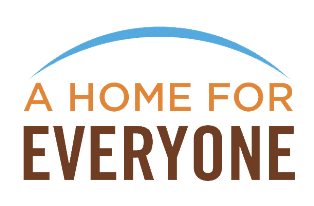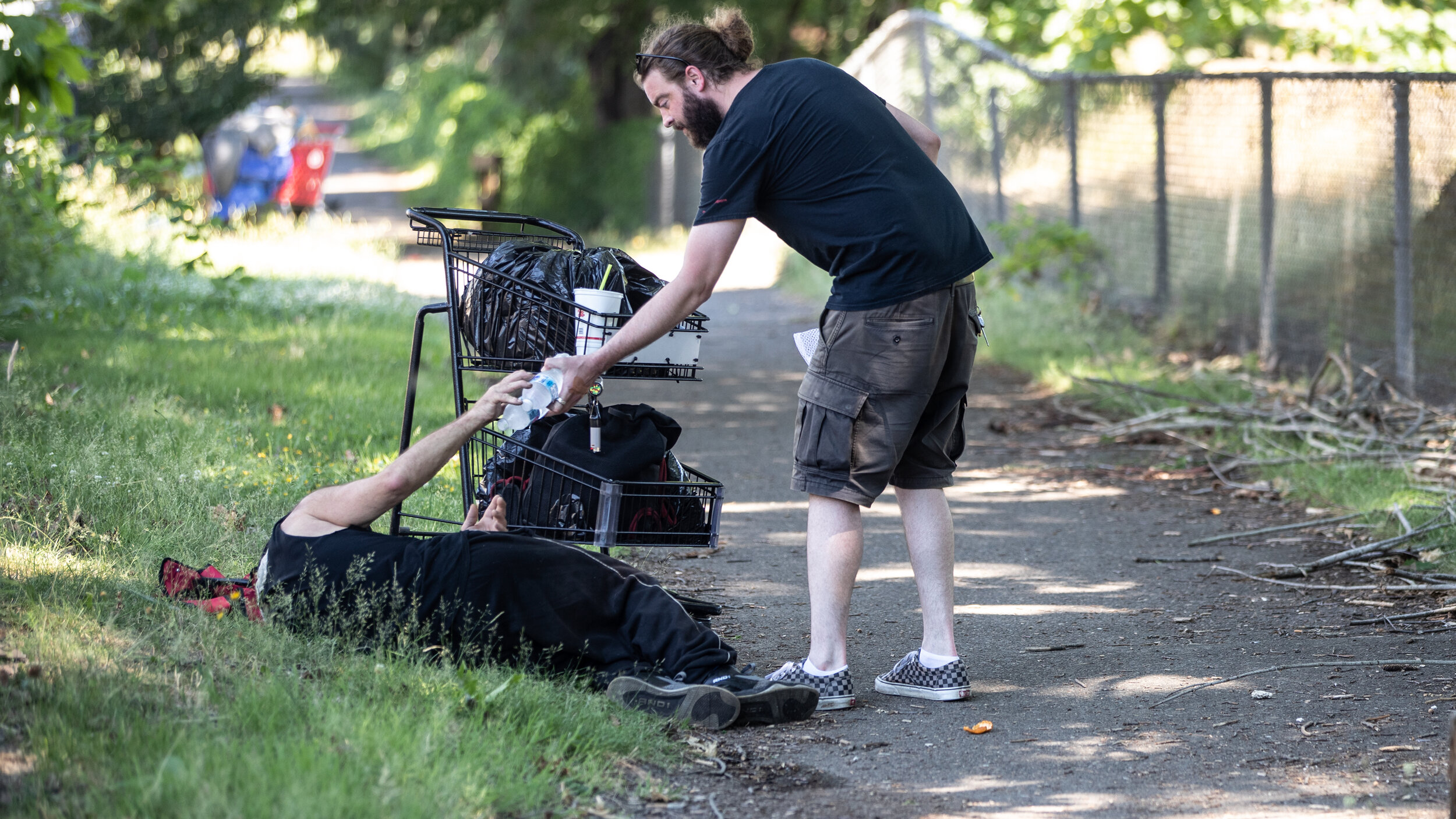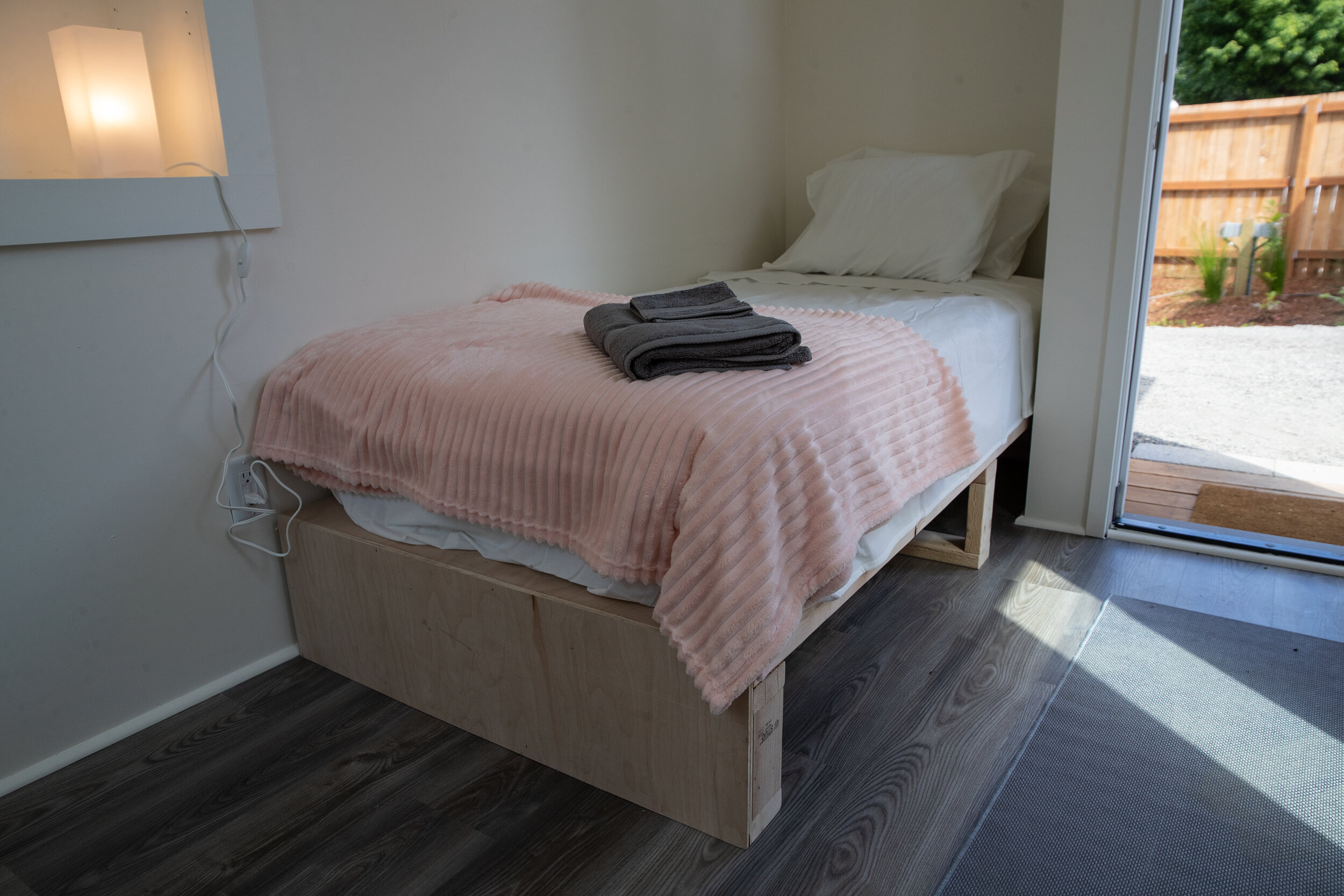Street outreach is one of the ways we can help connect someone without shelter to supportive housing.
“HOUSING FIRST,” BUT NOT JUST “HOUSING ONLY”
Supportive housing is a widely demonstrated approach to effectively end homelessness for individuals who have experienced prolonged and repeated homelessness. It recognizes that for some people, housing first doesn’t mean housing only. Some people move to supportive housing directly from the streets, while others can be placed there from shelters.
DATA-PROVEN BENEFITS, LOCALLY AND NATIONALLY
It has been proven, with data obtained locally and nationally, as a way to reduce, even more than shelter or other non-housing services, complications and barriers like avoidable emergency department visits, jail bookings and inpatient psychiatric stays.
Alternative shelters, which connect to housing services, are another path to supportive housing.
IT DOESN’T RELY ON THE CONSTRUCTION MARKET
Supportive housing, at its core, is deeply affordable, long-term housing. It can be provided quickly in market-rate apartments through a rent subsidy or over a longer period of time with newly built affordable housing units. Our community is actively adding both kinds of housing, thanks to the Supportive Housing Services Measure and two previous housing construction bonds.
WRAPAROUND SERVICES SO RESIDENTS STAY HOUSED
Supportive housing units are then linked with services that include access and/or navigation to case management, mental healthcare, addiction and recovery treatment, employment services, rent assistance, and other care as needed. The goal is to not just help someone regain housing, but to support them so they can remain and thrive in their new home.


